The Future of Automation in Retail
Integration with Design
4/8/20252 min read

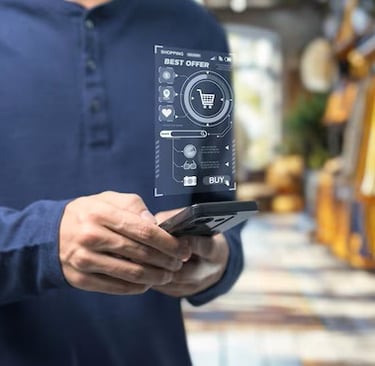
The Future of Automation in Retail: Integration with Design
Automation is no longer confined to warehouses and checkout counters. In modern retail spaces, automation includes digital displays, smart shelves, customer recognition systems, and automated lighting controls—all integrated directly into the interior.
Design plays a crucial role: these technologies must enhance the shopping experience without disrupting visual harmony.
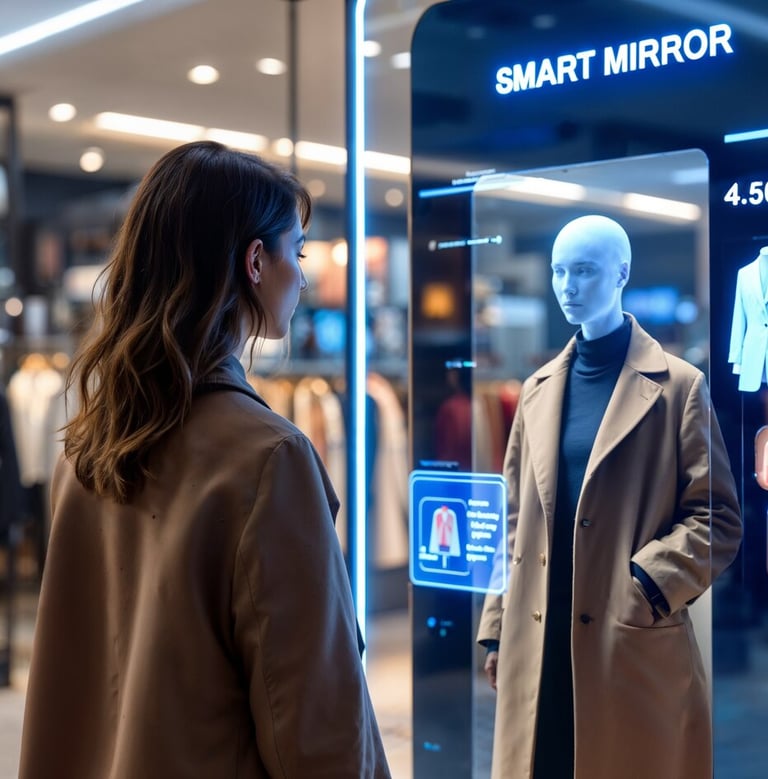

#retailautomation #interiordesign #smartstores #iotindesign #elenzadesign #retailfuture #automatedretail
1. Effortless Inventory Control
In order to prevent shelves from ever being empty and to make staff interventions exception-based, RFID tags, computer vision, and smart shelving all communicate stock levels in real time. By doing this, checkout surprises are avoided, popular items are always available, and teams are free to concentrate on high-value work rather than manual counts.
2. Mobile Integration & Contactless Checkout
Queues are reduced by self-service kiosks, scan-and-go software, and smart carts. Payments are quickened by integrated mobile wallets and biometric authentication, and customers' phones instantly display digital receipts and loyalty offers, enhancing convenience and engagement.
3. Price management and dynamic digital signage
Prices, promotions, and product details are instantly updated on electronic shelf labels and in-store screens. Without a single paper tag, brands can quickly reflect flash sales, regional events, or supply changes, reducing labor costs and ensuring consistent messaging all across the shop.
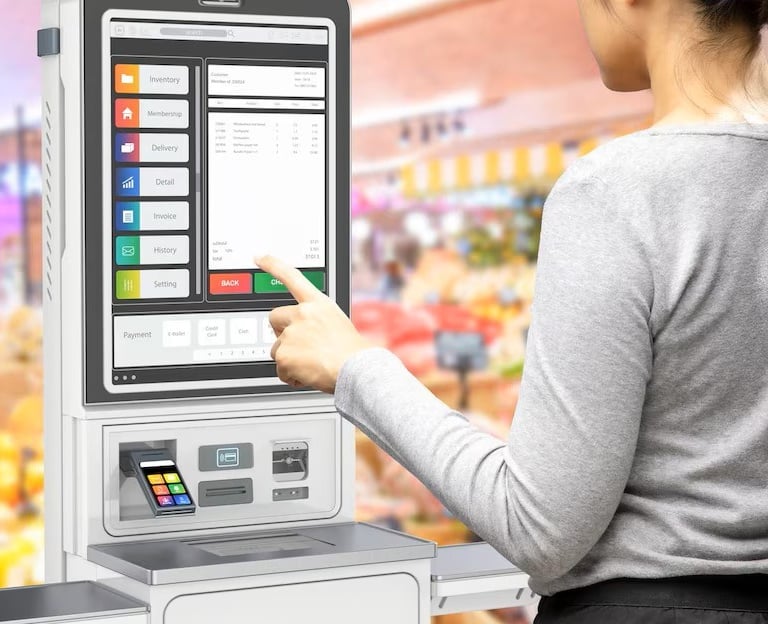

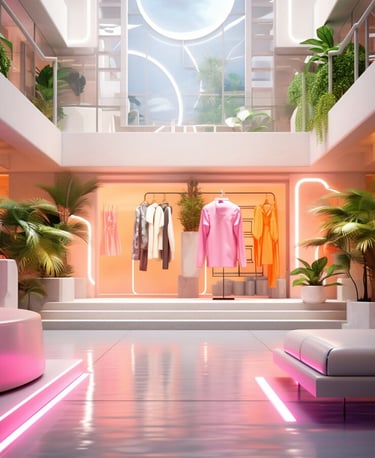

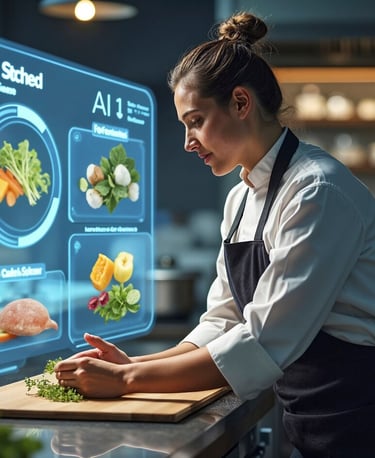

At Elenza Design, we seamlessly integrate automation systems into retail spaces in ways that support, not compete with, the overall aesthetic.
Markets like the UAE, Germany, and Spain are rapidly adopting such technologies. Let us help you position your brand at the forefront of this evolution.
4. Customized Guidelines & Assistance
Smart beacons, augmented reality navigation apps, and interactive floor maps help shoppers find exactly what they need, even in large supermarkets or department stores. AI chatbots integrated into phones or kiosks provide real-time product replies, using digital services into the physical the store.
5. Environments with Smart Energy Use
Sensors automatically optimize energy use by tracking temperature, foot traffic, and lighting levels. HVAC systems adapt to occupancy, smart windows modulate tint, and lights dim in low-traffic areas—all of which lessen carbon emissions while protecting a welcoming atmosphere.
6. Predictive Maintenance & Reliability
Before failures happen, wear patterns are reported by IoT-connected fixtures and equipment. Predictive alerts plan maintenance for automated doors and refrigeration units during off-peak times, ensuring that every component—from escalators to lighting—operates effortlessly and maintains a faultless brand image.
